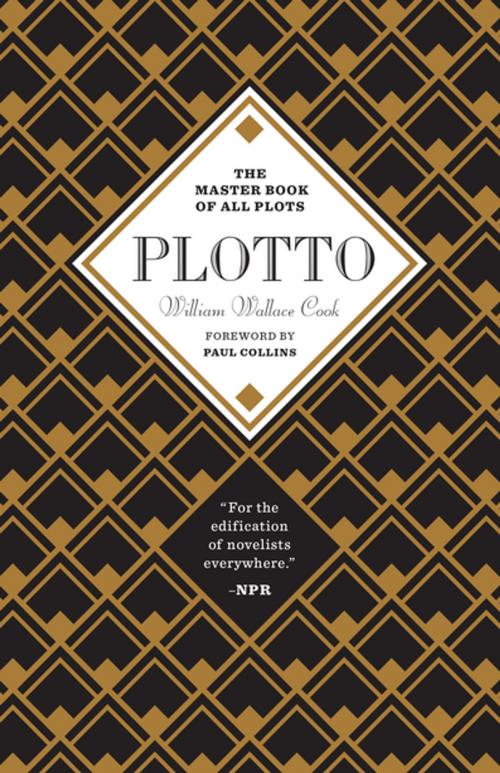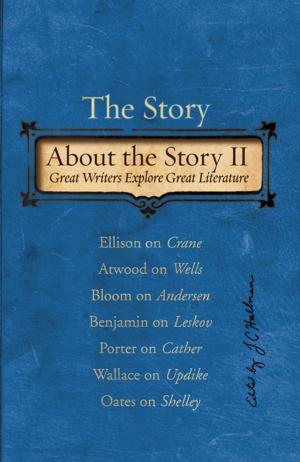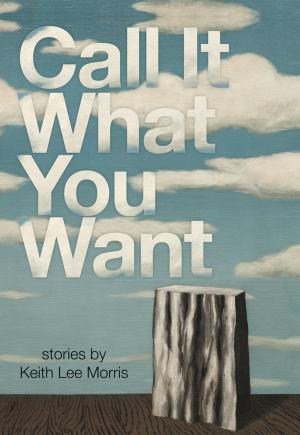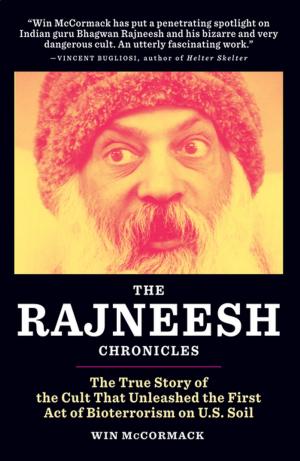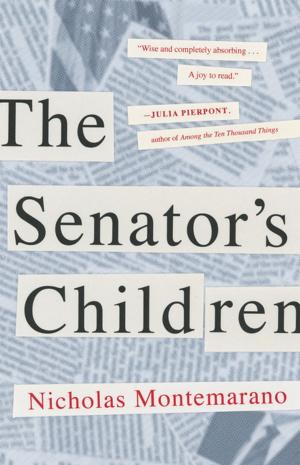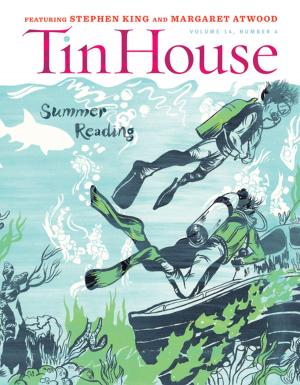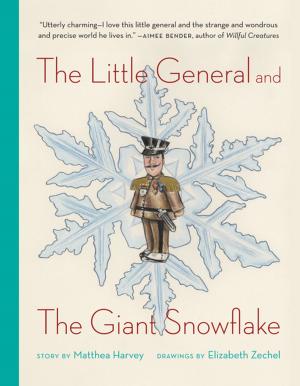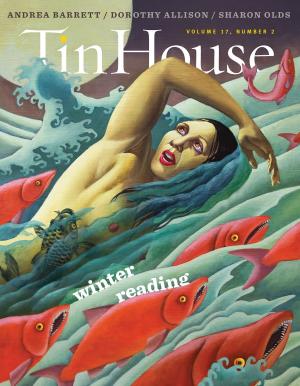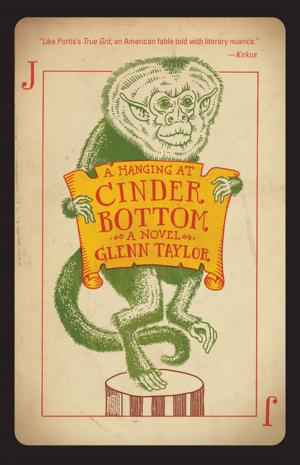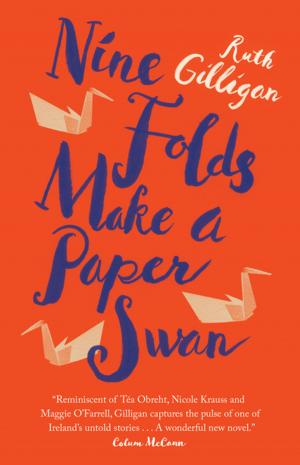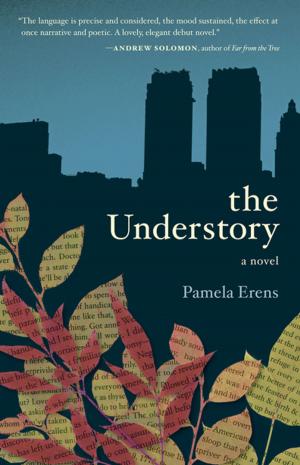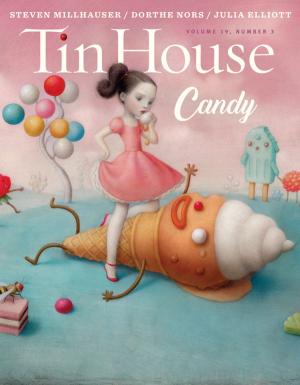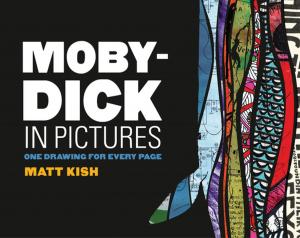Plotto: The Master Book of All Plots
Nonfiction, Reference & Language, Language Arts, Writing & Publishing, Composition & Creative Writing| Author: | William Cook | ISBN: | 9781935639244 |
| Publisher: | Tin House Books | Publication: | December 13, 2011 |
| Imprint: | Tin House Books | Language: | English |
| Author: | William Cook |
| ISBN: | 9781935639244 |
| Publisher: | Tin House Books |
| Publication: | December 13, 2011 |
| Imprint: | Tin House Books |
| Language: | English |
A classic how-to manual, William Wallace Cook's Plotto is one writer's personal theory--"Purpose, opposed by Obstacle, yields Conflict"--painstakingly diagrammed through hundreds of situations and scenarios
A classic how-to manual, William Wallace Cook’s Plotto is one writer’s personal method, painstakingly diagrammed for the benefit of others. The theory itself may be simple—“Purpose, opposed by Obstacle, yields Conflict”—but Cook takes his “Plottoist” through hundreds of situations and scenarios, guiding the reader’s hand through a dizzying array of “purposes” and “obstacles.” The method is broken down into three stages: 1. The Master Plot 2. The Conflict Situation 3. Character Combinations In the first stage, Cook demonstrates that “a character with particular traits . . . finds himself in a situation . . . and this is how it turns out.” Following this, each Master Plot leads the reader to a list of circumstances, distributed among twenty different Conflict Groups (these range from “Love’s Beginning,” to “Personal Limitations,” to “Transgression”). Finally, in Character Combinations, Cook offers an extensive index of protagonists for what serves as an inexhaustible reservoir of suggestions and inspiration.
A classic how-to manual, William Wallace Cook's Plotto is one writer's personal theory--"Purpose, opposed by Obstacle, yields Conflict"--painstakingly diagrammed through hundreds of situations and scenarios
A classic how-to manual, William Wallace Cook’s Plotto is one writer’s personal method, painstakingly diagrammed for the benefit of others. The theory itself may be simple—“Purpose, opposed by Obstacle, yields Conflict”—but Cook takes his “Plottoist” through hundreds of situations and scenarios, guiding the reader’s hand through a dizzying array of “purposes” and “obstacles.” The method is broken down into three stages: 1. The Master Plot 2. The Conflict Situation 3. Character Combinations In the first stage, Cook demonstrates that “a character with particular traits . . . finds himself in a situation . . . and this is how it turns out.” Following this, each Master Plot leads the reader to a list of circumstances, distributed among twenty different Conflict Groups (these range from “Love’s Beginning,” to “Personal Limitations,” to “Transgression”). Finally, in Character Combinations, Cook offers an extensive index of protagonists for what serves as an inexhaustible reservoir of suggestions and inspiration.
